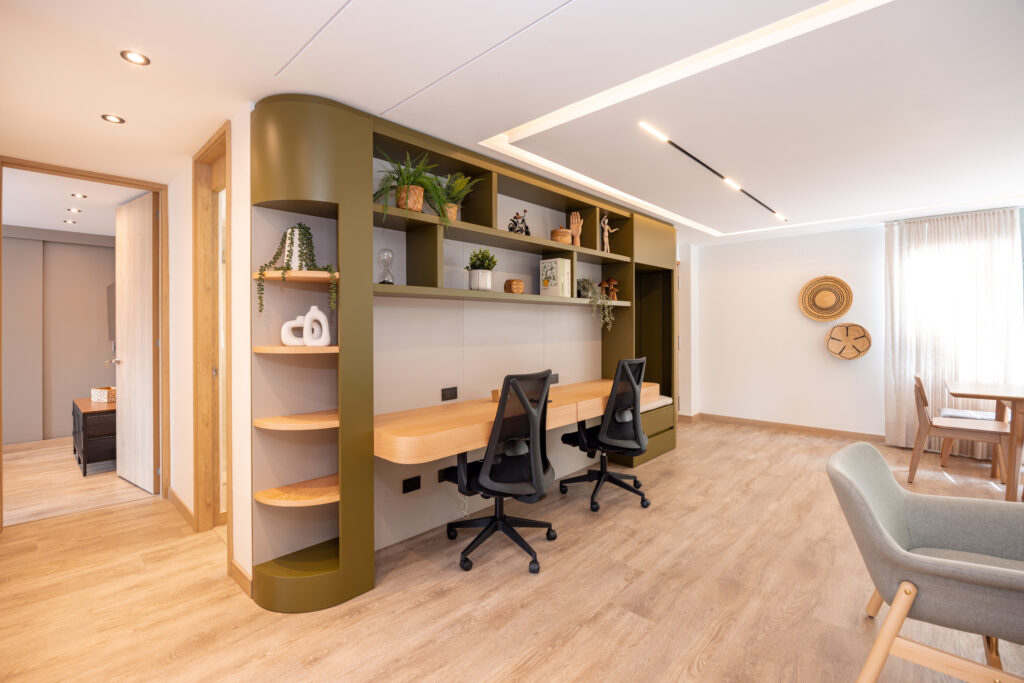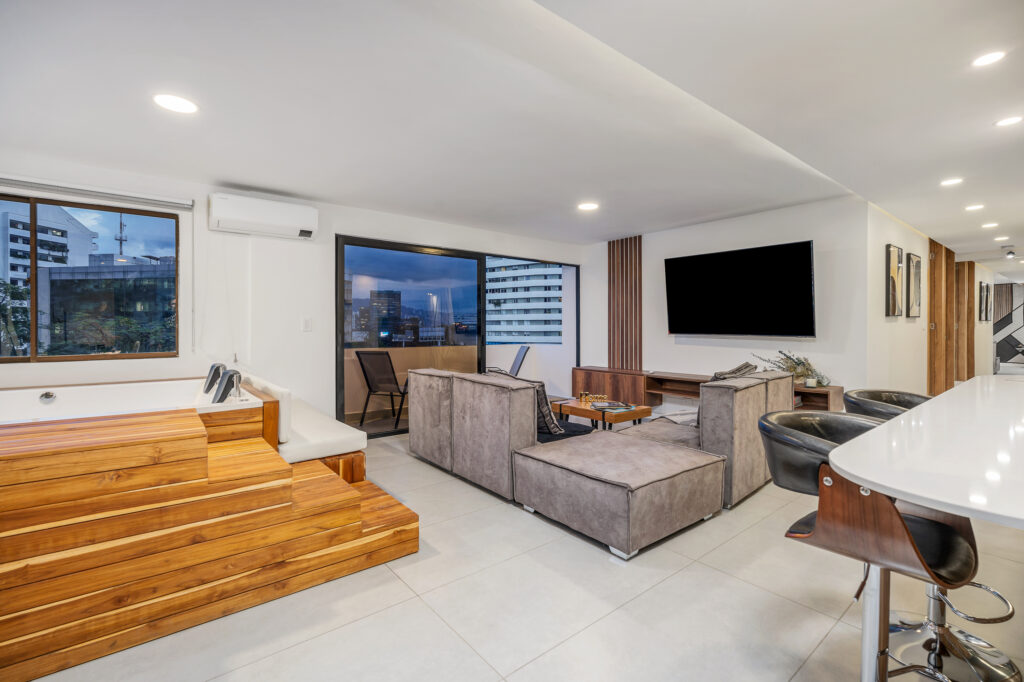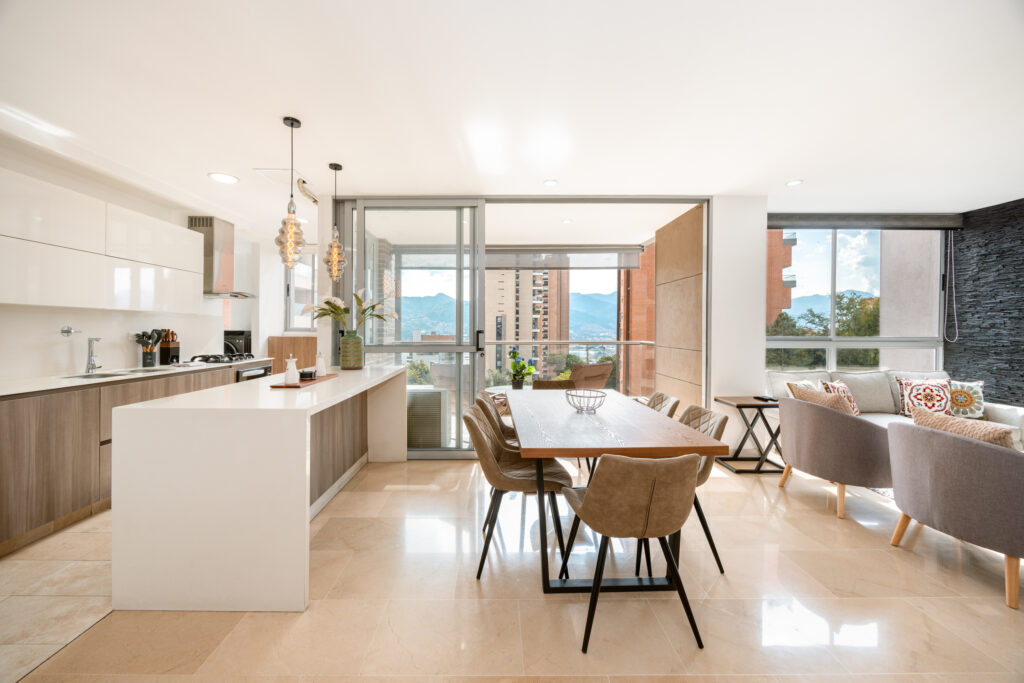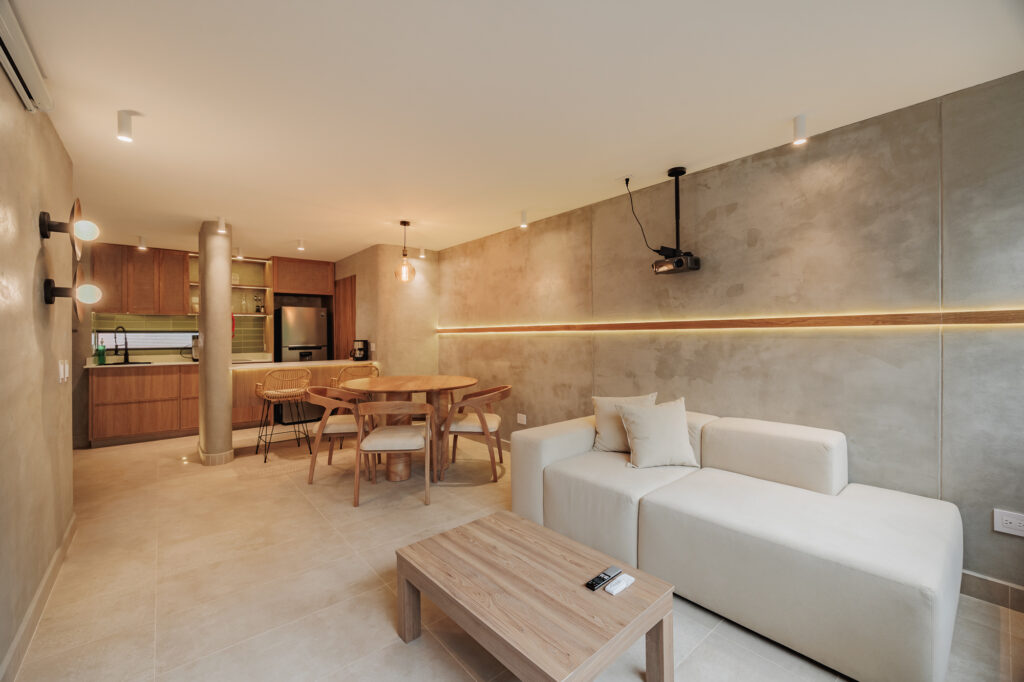TLDR? The Jose Maria Cordova airport expansion project will add a second runway to the city’s international airport.
The Jose Maria Cordova airport, located on the outskirts of Medellín, may be the city’s international airport, but it isn’t very big.
As a result of increases in international routes to and from the capital of Antioquia, the local government has proposed building a second runway at the air terminal, although negotiations have yet to be finalized.
Read ahead to learn more about the plan and how a second runway could benefit the City of Eternal Spring.
Some Interesting Data
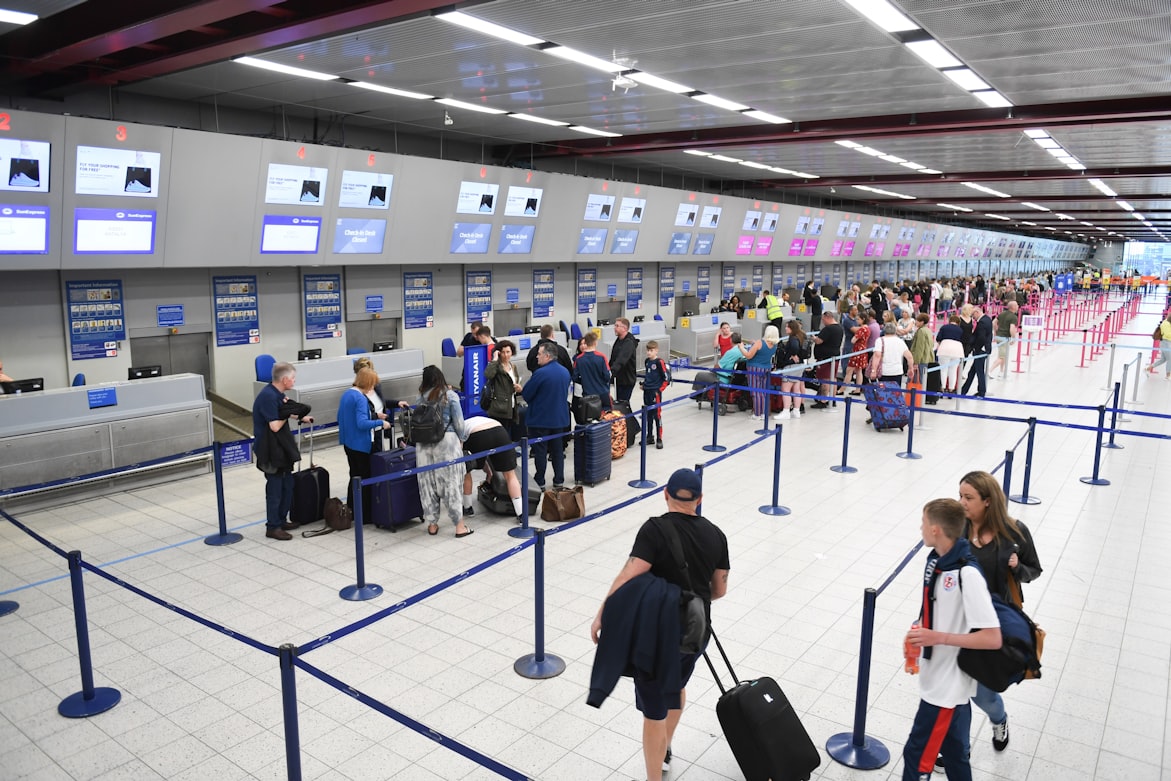
As of the beginning of 2022, the Jose Maria Cordova airport transported around 1.1 million passengers per month, even despite a decrease in travelers after the COVID-19 pandemic.
Airplane, the operator of Medellin’s international airport, gathered these statistics from 2021:
- 8,061,897 passengers mobilized in total
- 6,494,879 of these were national passengers
- 1,567,018 of these were international passengers
- These passengers were mobilized in 70,813 air operations.
Project Ideas
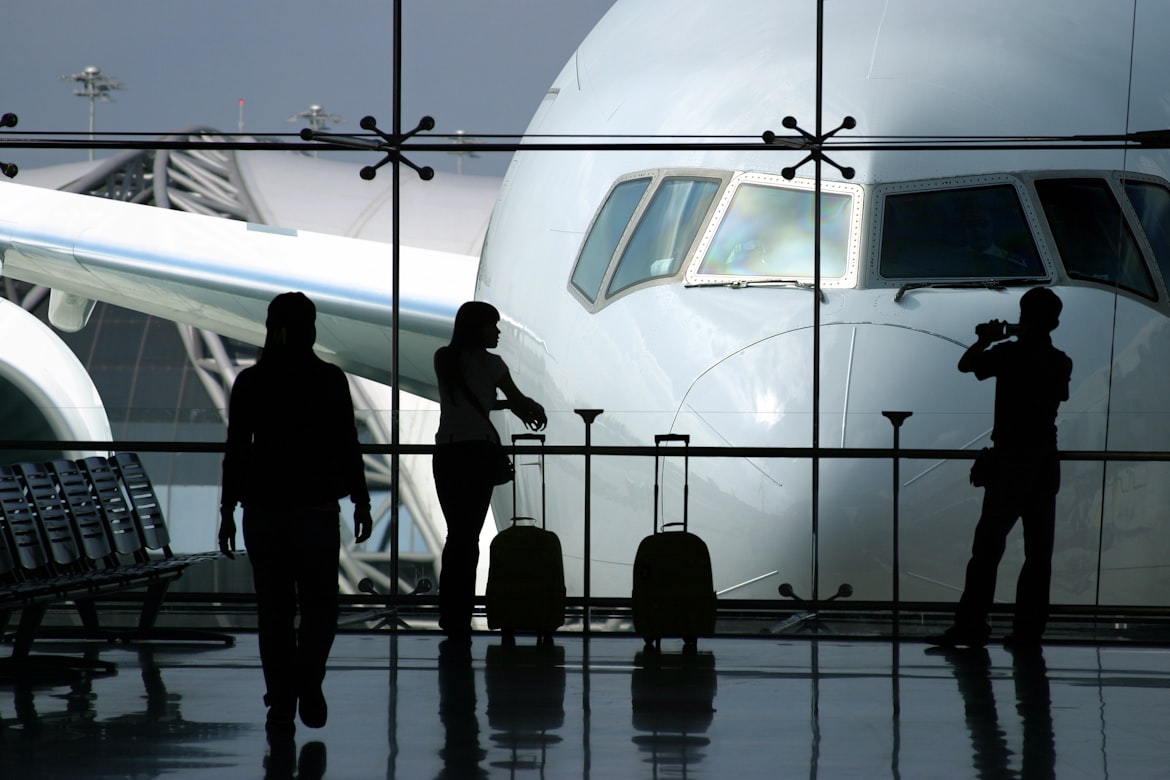
Changes for the airport have been in discussion since 2016.
In January 2022, the Colombian Minister of Transportation announced the formation of a team in charge of expanding the Rionegro air terminal, including the construction of a second runway.
Initially, the plan was meant to conclude in 2033, but increases in passenger and aircraft traffic have accelerated the process’s end date to approximately 2030.
Because of this, those in charge of the work had to acquire neighboring land to build the following:
- a 3.5 km highway for aircraft
- a new terminal
- taxiways
- a system for connecting the terminals
- a new control tower
Among the entities involved in the initiative are the Jose Maria Cordova Airplan airport concessionaire, the government of Antioquia, as well as the mayors of Medellin and Rionegro, among others.
Construction Areas
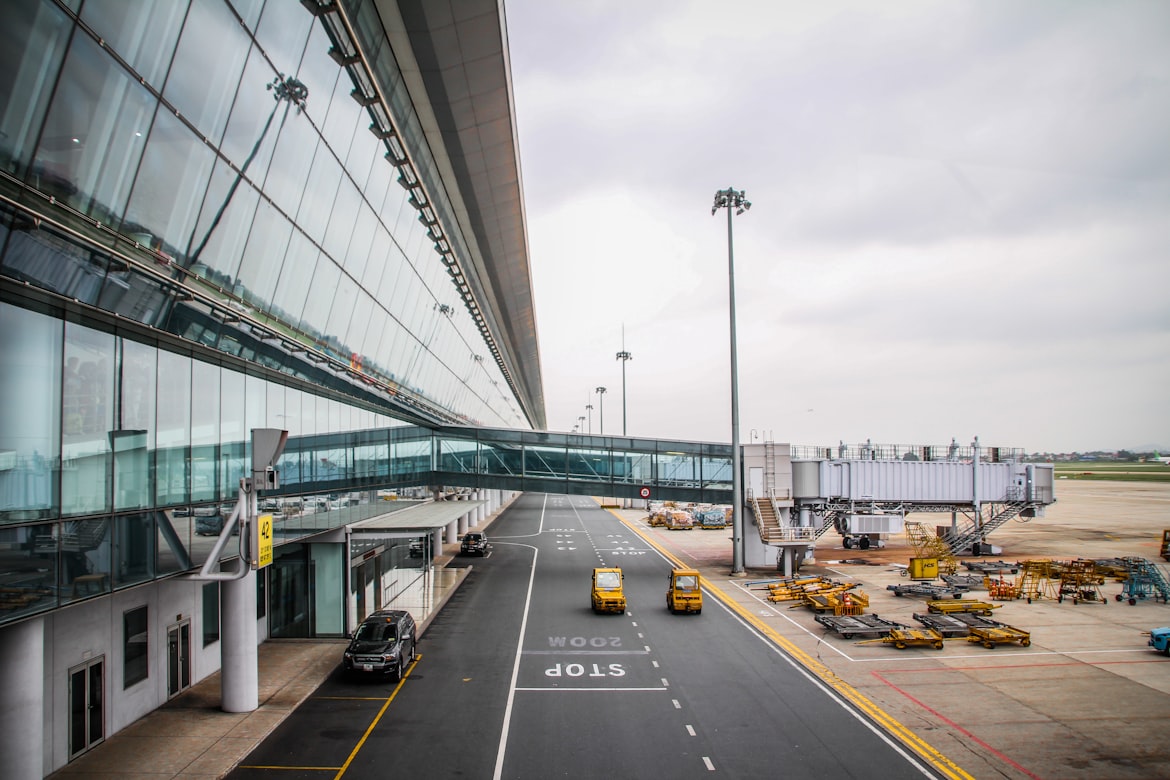
Acquiring properties for expansion is an important focus of the project.
In February, there were 444 desired properties belonging to El Carmín, Abreo, and Abreito hamlets.
Of these properties, 332 are private lots, some owned by Aerocivil.
One of the challenges of the project is acquiring all of these properties.
Key Moments of the Project
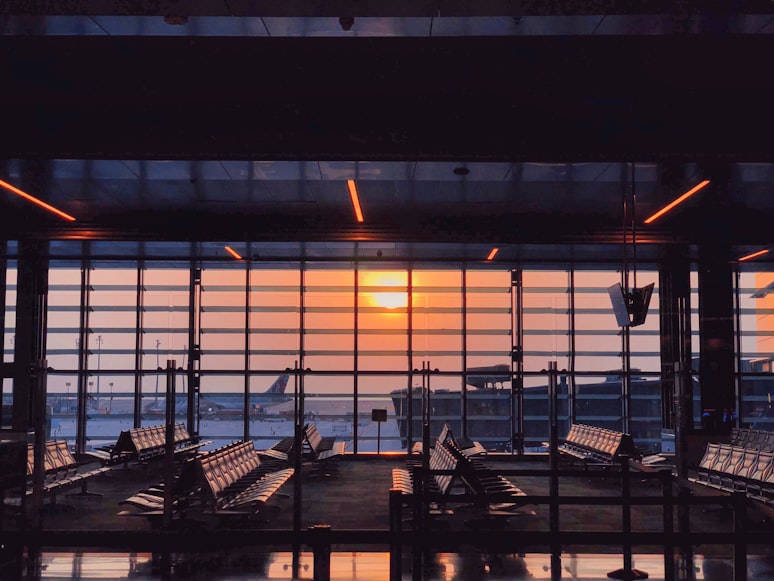
The upcoming years will be key in the development of the project. Those in charge are also considering transferring the Olaya Herrera airport, located in the south of the city, to a different area and turning its current location into a park.
However, this won’t take place until 2032 at the earliest, as the air terminal will operate under the Airplane concession for the next 20 years.
Given this, the Antioquian government wants to add a second runaway to the Jose Maria Cordova airport in order to avoid causing even more congestion.
On March 29th, 2022, an aircraft made an emergency landing at the Jose Maria Cordova Airport, causing the airport to close for around 12 hours. This temporary closure caused the cancellation of 24 flights and 71 delays.
Even closing the runway for maintenance can halt all operations for over an entire day, as there is only one landing strip.
For these reasons, officials want to expedite the construction process.
A Wing of the Project
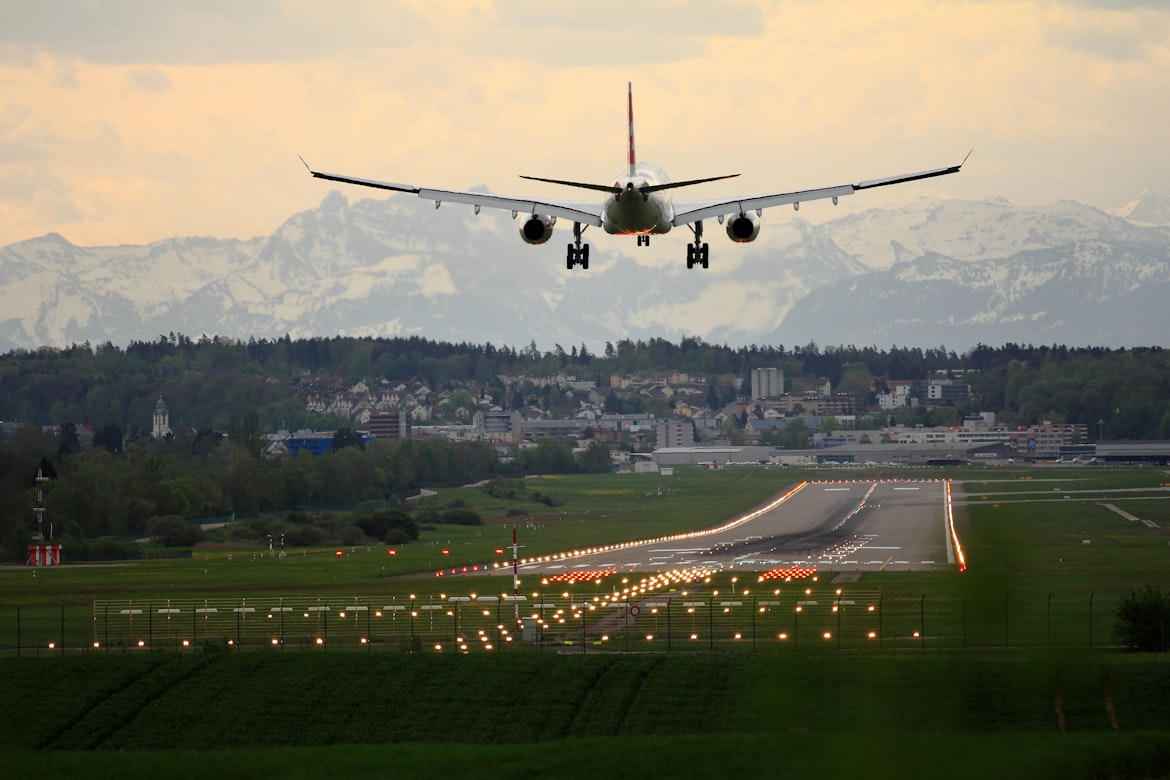
The government is looking to expand the economy of eastern Antioquia through the establishment of new companies with different commercial purposes, as well as through the provision of new services in health, science, and technology.
This project is linked to the expansion and strategic location of Medellín’s airports as these new companies will require a larger airport with more capacity.
Progress to Date
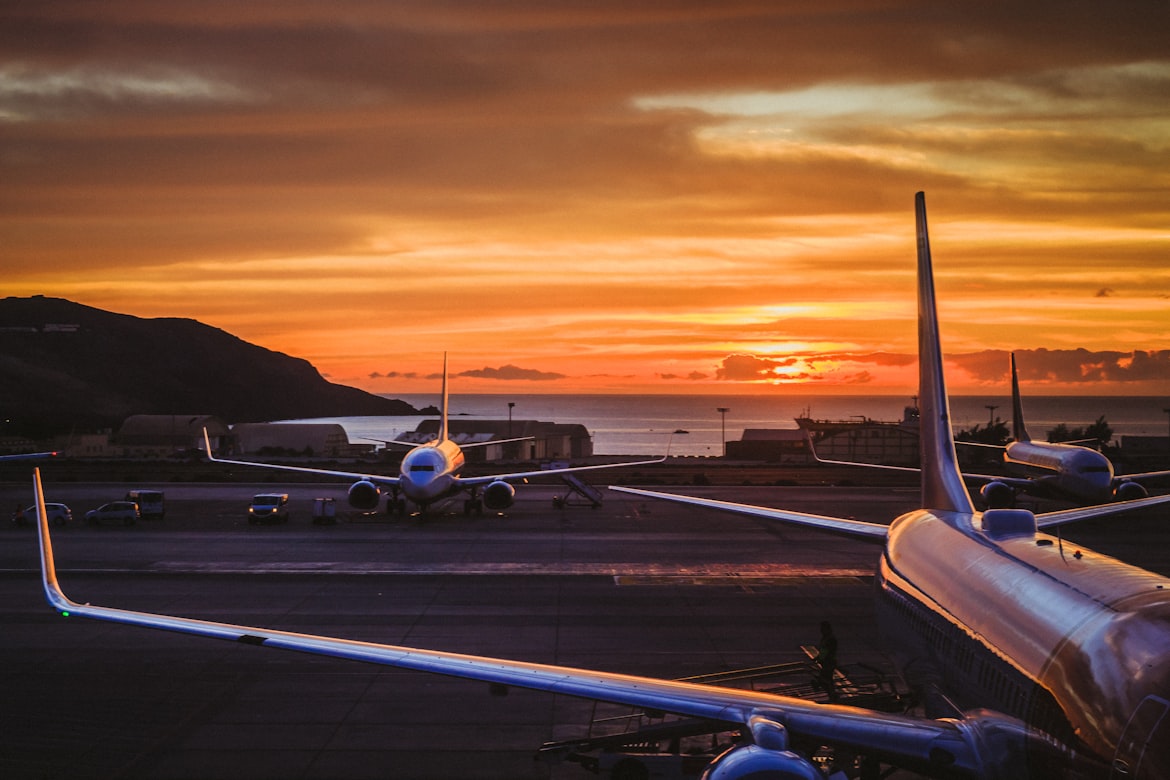
The Government of Antioquia planned for about 11 million passengers to travel through the Jose Maria Cordova in 2022.
However, 12 to 14 million travelers have landed in Antioquia to date, exceeding projections.
Because of this, accelerations in construction have been requested, as capacity is only expected to increase throughout the next few years.
The Government of Antioquia has committed itself to the improvement of Antioquia’s infrastructure by allocating 2 billion pesos to finance the first phase of expansion.
The Mayor’s Office of Medellín, the Government of Colombia, and Civil Aeronautics pledged resources of about 4 billion pesos for the second phase of the mega-project.
The goal is to complete the second terminal by 2026, and the second runway by 2029.
The Second Runway of the Airport Advances

Data proves that the Jose Maria Cordova International Airport in Medellín is ready to expand with a second runway and terminal.
Colombian and Antioquian authorities are working hard to advance the project and complete it before the estimated date to service the influx of travelers.
Have There Been Problems With the Expansion?
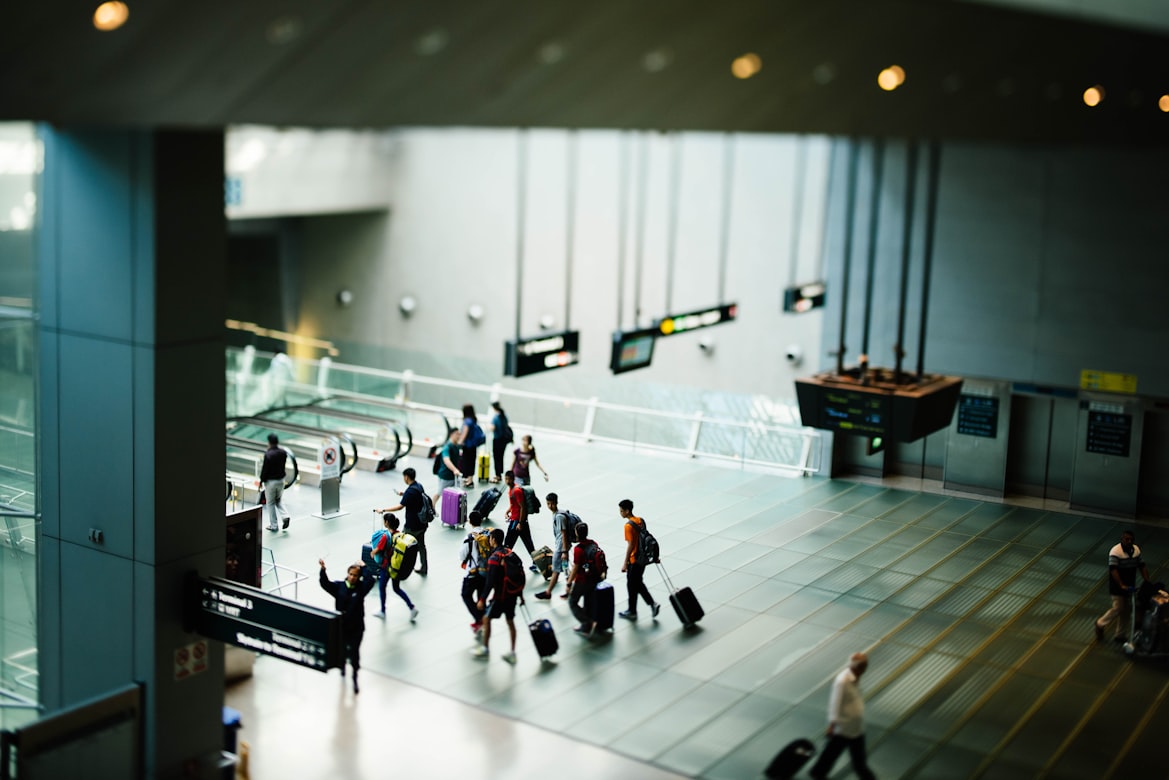
While the expansion of the airport is an idea that’s a few years old, the city only made the first advances a few years ago. Civil Aeronautics created a master plan to carry out major works and investments between 2016 and 2036.
However, the acquisition of some of the properties required to complete the expansion has yet to occur, although they should be available in June of next year.
According to local sources, the State had time to purchase the properties pre-Pandemic, but now no longer has the capital to proceed, as the transport ministry stated there are not enough resources to secure the purchase.
On top of all that, the present administration is about to end, leaving them little time to execute their plan.
The Importance of the Second Runway
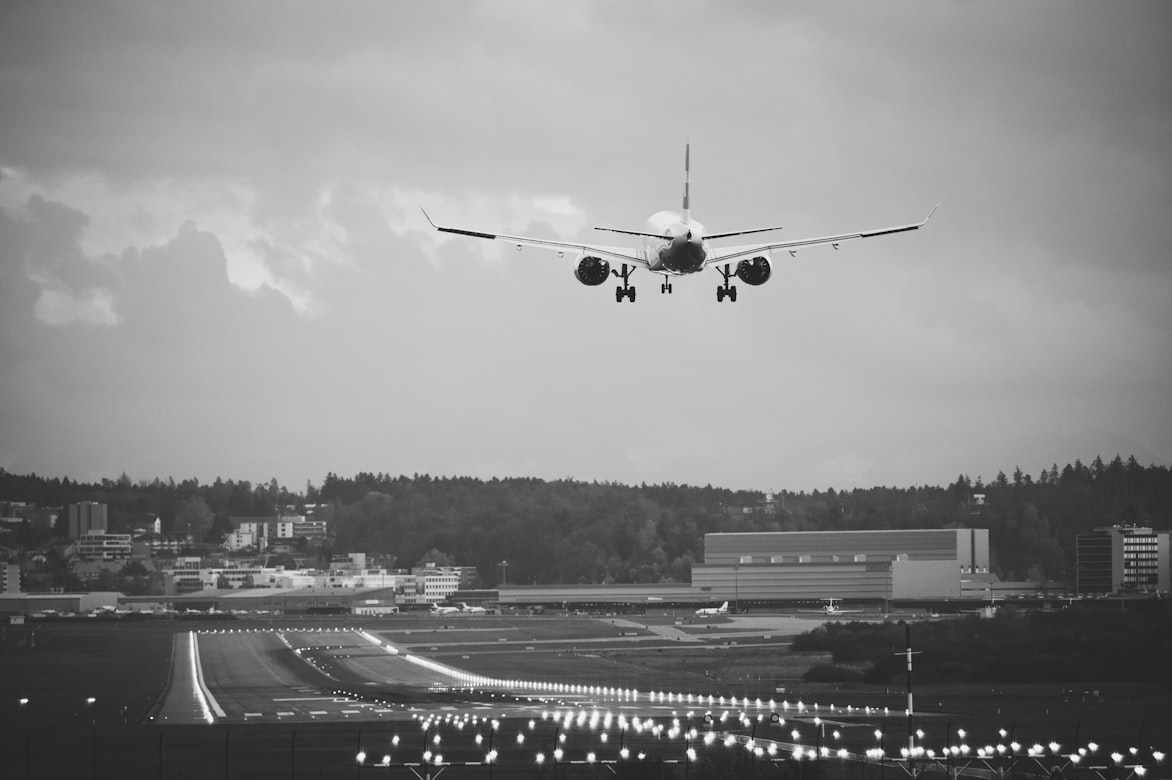
The need for a second runway and terminal at the airport becomes more and more evident each day, as the number of passengers has already exceeded pre-pandemic numbers.
The Airplane Concessionaire, National Government, and Departmental Government of Antioquia have recently established a technical table to review the possibility of carrying out their master plan in a 15-month term.
This technical table will hold regular meetings to speed up the process of the expansion plan.
Authorities highlighted how commercial and tourist traffic has been advancing for eight years, making the creation of a new runway more important than ever.
What Do the Citizens Think About It?
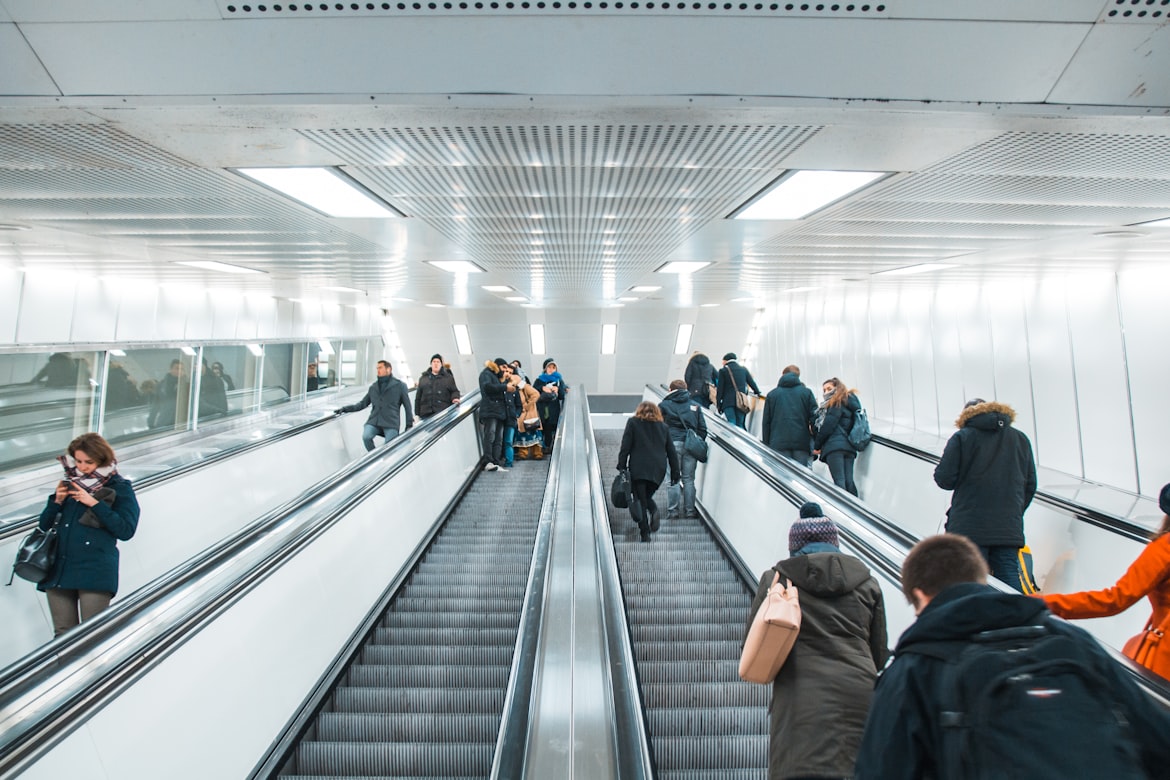
The José María Córdova Airport is the second most important airport in Colombia, after the Bogotá Airport, as a result of the decentralization of national and international flights.
The owners of the properties required to complete the expansion feel as though their hands are tied, and they cannot use their own land.
They’ve stated the government has not included them in conversations about their land purchase. They’re not opposed to the project but ask for the government to take into account the effects they’ve suffered as a result of the project and provide them with a fair appraisal.
The Resources for the Project
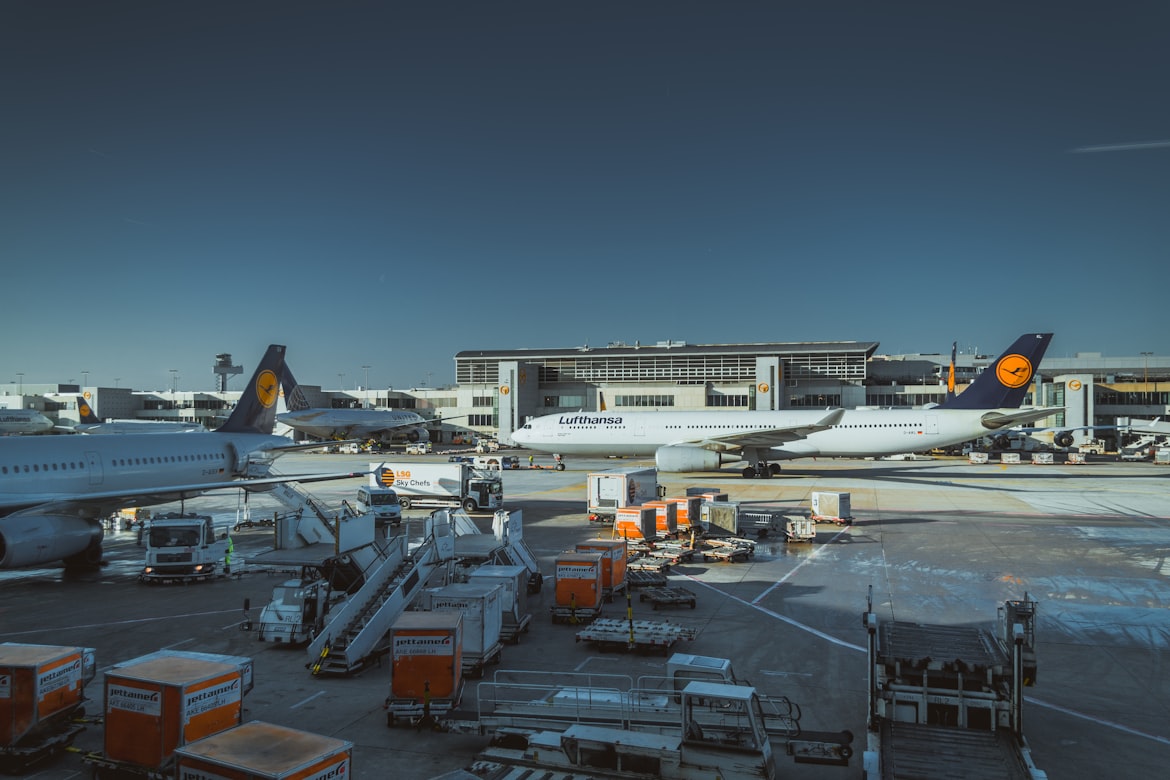
The city has tried to expedite the construction process of the second runway several times. However, the Ministry of Transport has reiterated on several occasions that there are simply not enough resources to complete the project. This has spawned quite a bit of talk in recent years.
Progress is only feasible with the necessary support from the government to the José María Córdova Airport.
Insistence on Another Runway for the José María Córdova Airport
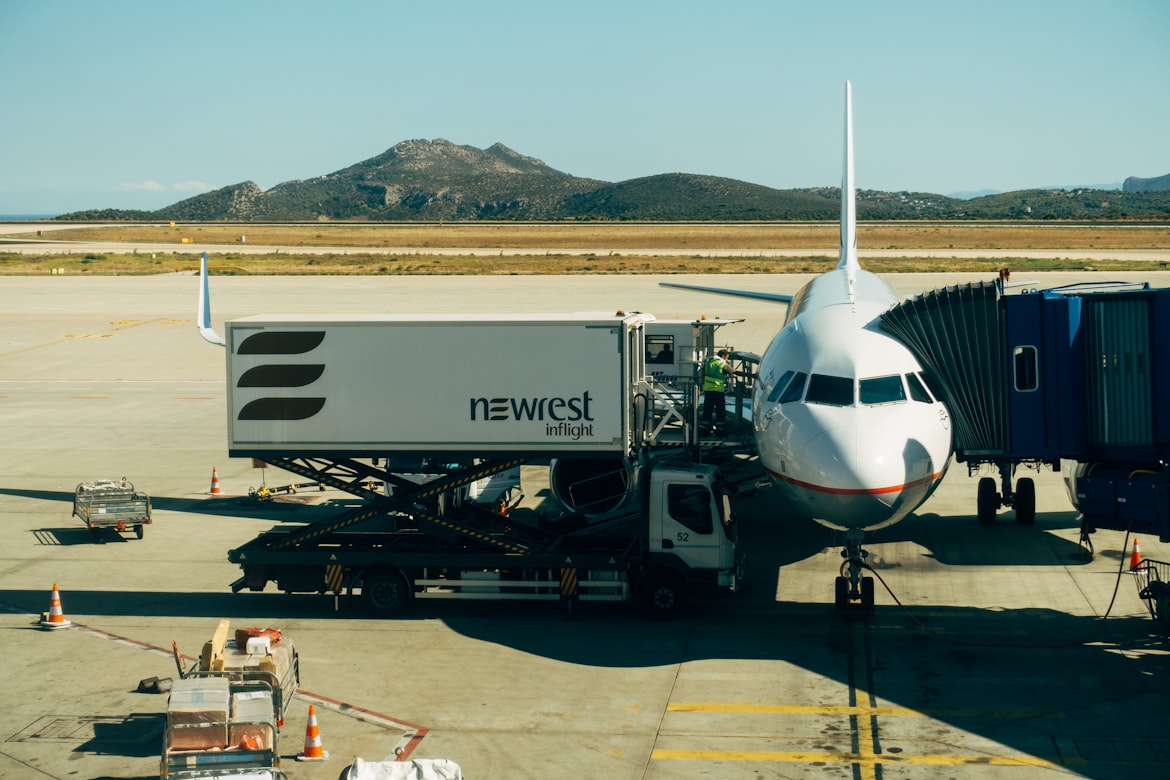
The governor of Antioquia has emphasized the need for a second runway as traffic levels are gradually exceeding the capacity of the terminal. The collapse of the José María Córdova Airport could affect sales abroad.
The creation of a new runway would generate more tourism and better serve the hundreds of passengers arriving daily.
The Future of the Second Runway
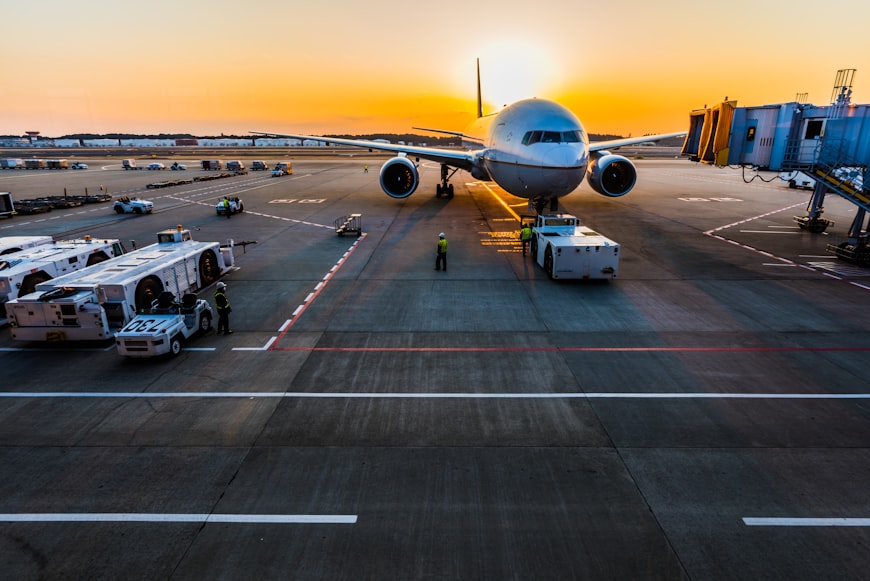
Transport Minister Angela María Orozco said that the construction of the second runway would be put on pause in order to better complete the expansion of the terminal. She claims the terminal requires more focus.
“All the experts in this sector with whom one speaks mention that of course, in the future the second runway will be needed, but that, at this moment, basically, what is required is an expansion of the terminal. What is really missing are parking areas and platforms, more than anything else” the minister told several media outlets at a press conference.
However, the governor of Antioquia, Aníbal Gaviria, considers the project a regional and national necessity. He believes that the city should build the terminal and second runway simultaneously. That’s because building the terminal will take less time than a year second runway.
Even the governor announced that operations at José María Córdova Airport would collapse by 2028 without the second runway and terminal building.
The Debate Generated by the José María Córdova Airport
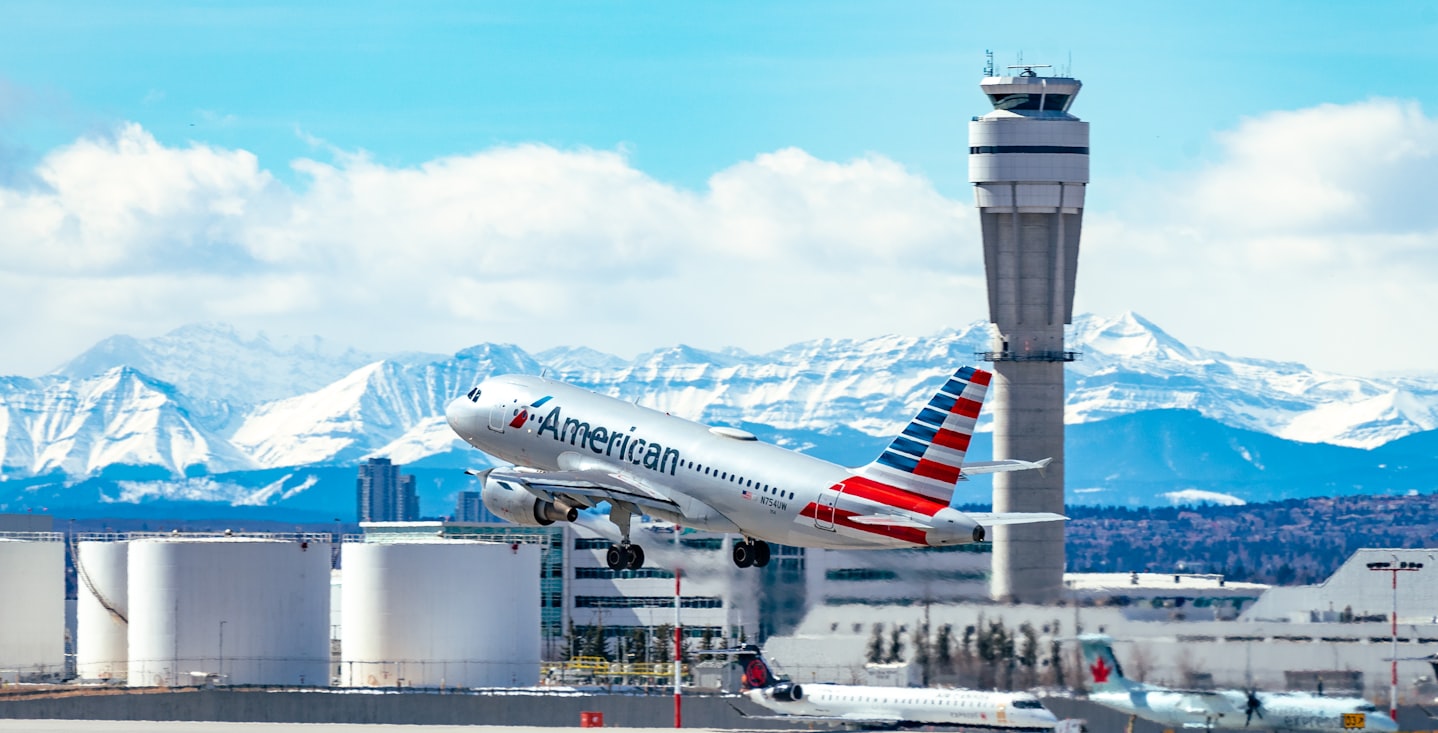
Since its construction in the 1980s, the José María Córdova Airport has been a topic of national debate, and with all the controversies and inconveniences it has generated in the past few years, it’s clear the airport will continue to be a topic of regional and national importance.
It’s important to maintain assertive and responsible communication between local, departmental, and national entities. But, we can’t forget or leave out the communities that the project will affect.
Beyond The Controversy
While there are many issues surrounding the airport’s expansion, creating a second runway would be a great investment that will bring many benefits to the city in the long run.
After all, it’s not strange that so many people want to visit the city of Medellín. It’s truly an excellent destination!
If you like this blog, you might like the Casacol Instagram page to keep up with all the new articles. Anything we need to update or correct? Care to contribute? Email us at blog@casacol.co

